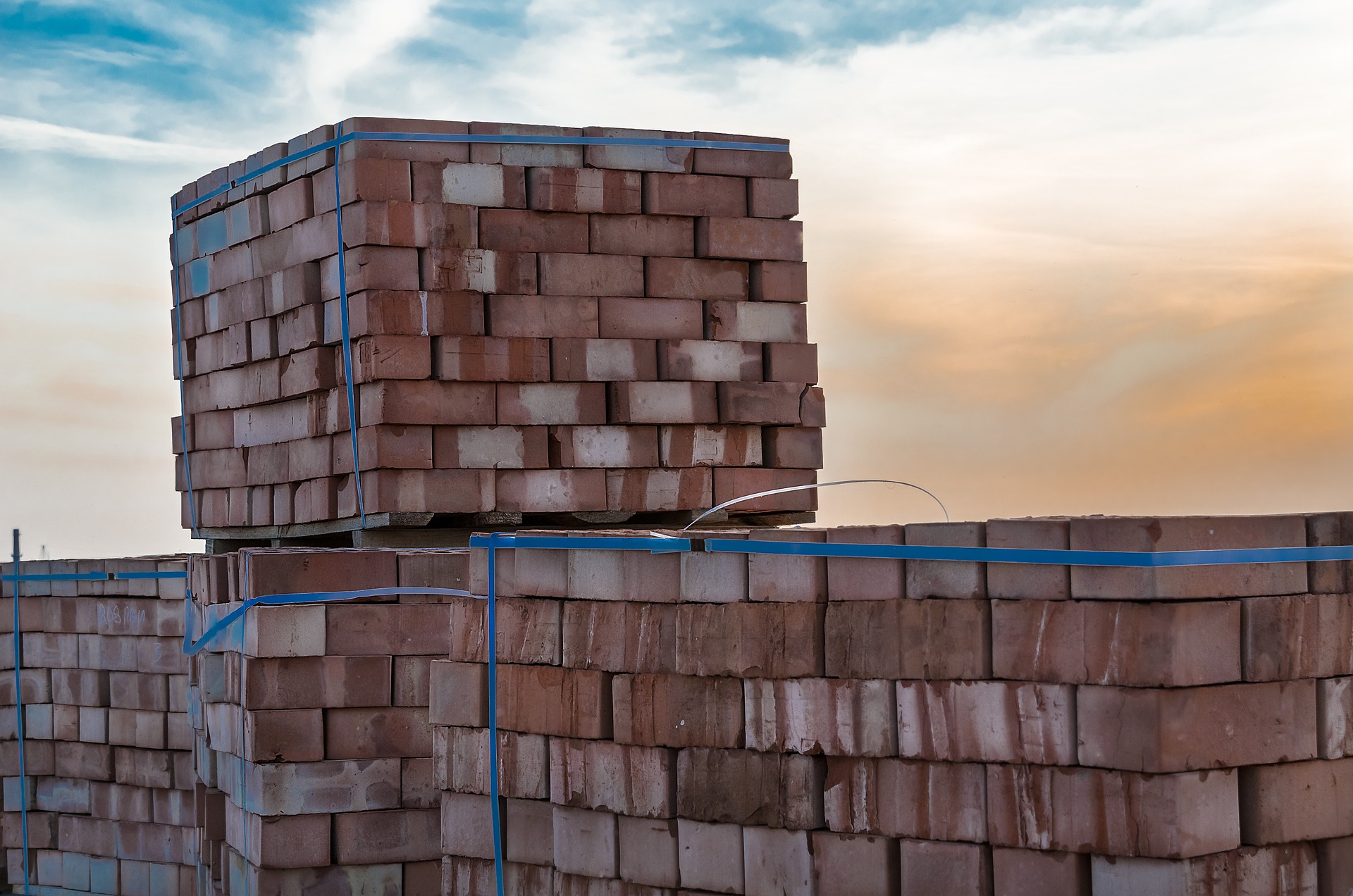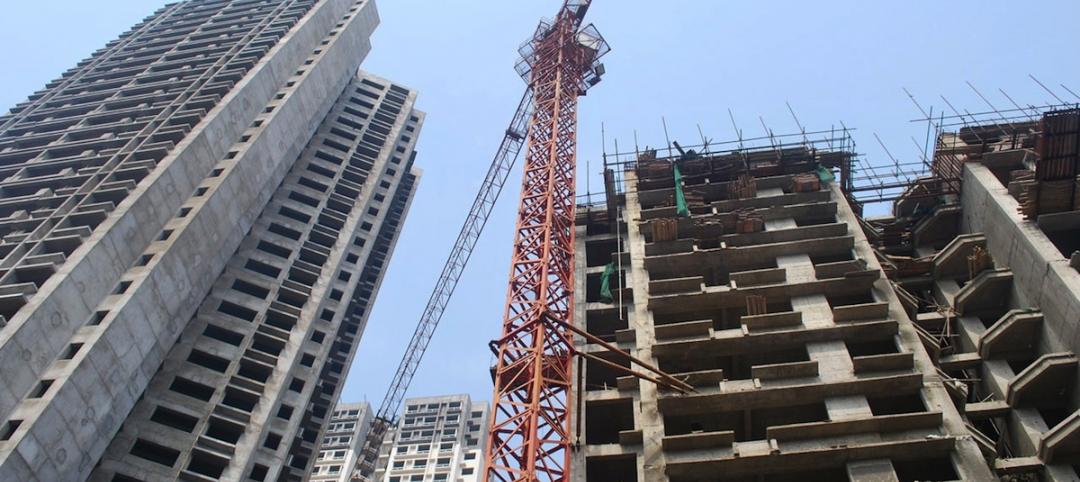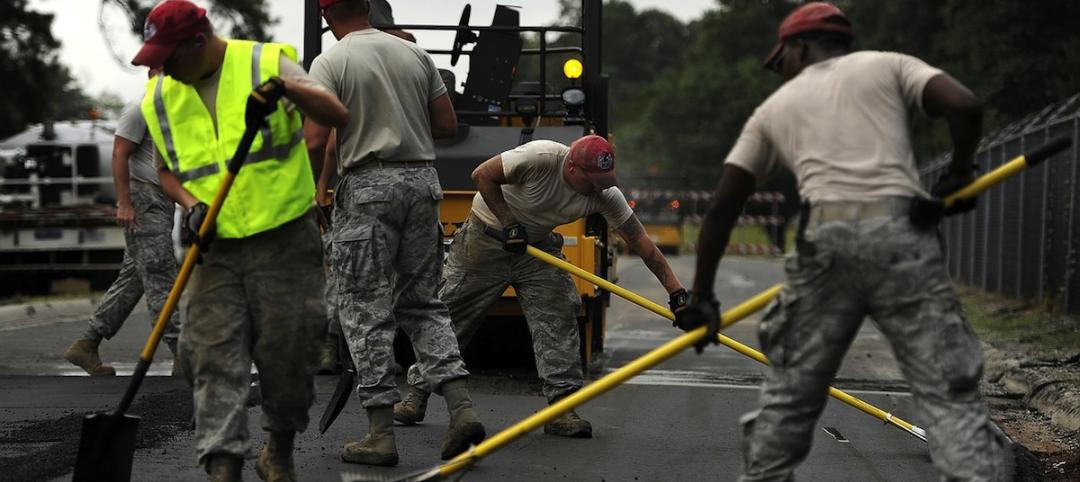The Biden Administration’s proposal on building materials rules used on federal construction and federally funded state and local buildings would significantly boost the made-in-America mandate.
In the past, products could qualify as domestically made if at least 55% of the value of their components were from the U.S. The administration intends to increase the percentage of value in stages from 55% to 60%, and then to 75%.
Implementing these rules will add complexity to sourcing materials for projects receiving federal funding. For example, a mix between U.S. and Canadian dimensional lumber for a project probably wouldn’t be allowed if the Canadian wood was processed outside the U.S. But domestically manufactured lumber made from Canadian logs would likely be acceptable.
The domestic mandate has raised concerns from construction industry groups. The National Association of Home Builders has urged exemptions for single-family and multifamily affordable housing projects. Kojo, a firm that makes materials management software for contractors, says that restricting the supply base to American-made is likely going to burden contractors who are already having difficulty sourcing materials at reasonable costs.
According to the Biden Administration, the proposed rule directs the following changes to strengthen Buy American requirements:
- “Make Buy American Real” and close loopholes by raising the domestic content threshold. The Buy American statute says products bought with taxpayer dollars must “substantially all” be made in the U.S. However, today, products could qualify if just 55%–just over half—of the value of their component parts was manufactured here. The NPRM proposes an immediate increase of the threshold to 60% and a phased increase to 75%. This proposal would close a problematic loophole in the current regulation, while also allowing businesses time to adjust their supply chains to increase the use of American-made components. If adopted, this change would create more opportunities for small- and medium-sized manufacturers and their employees, including small and disadvantaged enterprises, from all parts of the country. To support this work, the Small Business Administration has created a new manufacturing office in its federal contracting division.
- Strengthens domestic supply chains for critical goods with new price preferences. As the pandemic made clear, supply chain disruptions can impact the health, safety, and livelihoods of Americans—leaving us without access to critical goods during a crisis. Some products are simply too important to our national and economic security to be dependent on foreign sources. The NPRM proposes applying enhanced price preferences to select critical products and components identified by the Critical Supply Chain review, mandated under E.O. 14017, and the pandemic supply chain strategy called for under E.O. 14001. These preferences, once in place, would support the development and expansion of domestic supply chains for critical products by providing a source of stable demand for domestically produced critical products.
- Increases transparency and accountability in Buy American rules. Reporting challenges have hampered implementation of Buy American rules for decades. Currently, contractors only tell the government if they meet the content threshold rather than reporting the total domestic content in their products. The NPRM proposes to establish a reporting requirement for critical products. The new reporting requirement would bolster compliance with the Buy American Act and improve data on the actual U.S. content of goods purchased. More complete and accurate data would be used to target future improvements to support America’s entrepreneurs, farmers, ranchers, and workers— and along the way, create good jobs and resilient communities.
Learn more about the Buy American Rule at Whitehouse.gov.
Related Stories
Codes and Standards | Jun 11, 2015
DBIA releases new document on choosing a project delivery method
Provides owners and others with factors to consider when choosing the best method of delivery for their project.
High-rise Construction | Jun 5, 2015
Japanese policymakers discuss mandate for toilets in elevators
This quirky-sounding building code is a safety measure for the earthquake-prone nation.
Codes and Standards | May 22, 2015
Rapid growth for environmental insurance in construction industry
The U.S. Environmental Protection Agency is paying closer attention to intrusion of potentially harmful vapors into commercial and residential buildings.
Codes and Standards | May 22, 2015
Roof collapse at Minnesota water park highlights failure to enforce codes
Rural areas say they can’t afford to enforce state-adopted building code.
Codes and Standards | May 22, 2015
U.S. House scuttles EPA plan to expand definition of waters in Clean Water Act
Construction industry officials said the rule would hamper developers, cost jobs.
Codes and Standards | May 22, 2015
First EPD covering PVC water and wastewater piping published
Benchmarks impacts of seven PVC pipe products across their life cycles.
Office Buildings | May 18, 2015
New ASHRAE standard offers test method to determine heat gain of office equipment
The standard will aid engineers in configuring cooling systems in office buildings.
Codes and Standards | May 7, 2015
Widespread damage from Nepal earthquake due to poor implementation of building code
Nepal’s code author says destruction was ‘inevitable.’
Codes and Standards | May 7, 2015
Lavish residential skyscrapers prompt concern over shadows
New York, San Francisco, Washington, D.C., and Boston among cities grappling with height regulations.
Codes and Standards | May 7, 2015
Several states moving to repeal prevailing wage laws
Anti-prevailing wage bills that apply to state-funded construction projects have been passed in West Virginia and Nevada. Similar laws could be passed in Indiana and Illinois.

















